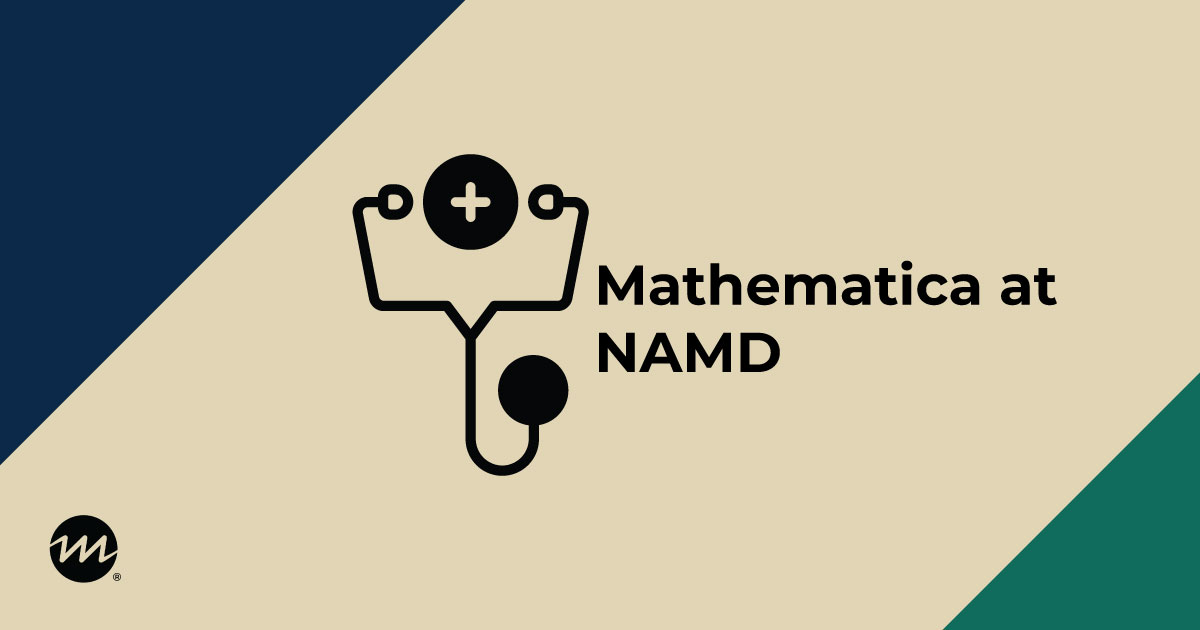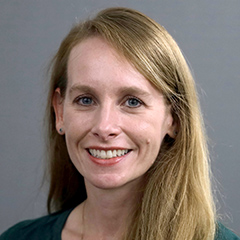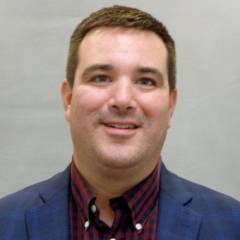There was an energy to this year’s National Association of Medicaid Directors’ (NAMD) Conference unlike that of previous years. The joy of so many members of the Medicaid community reconnecting during their first conference since the pandemic began was certainly one reason. But throughout the conference, it was evident that much of the excitement came from the opportunities ahead to improve services for the one in four Americans who use this important program.
Partnerships between states and the federal government were a primary focus of many sessions at the NAMD Conference. Innovations developed as part of recently approved 1115 demonstrations in Arizona, Massachusetts, Oregon, and Arkansas highlight the novel ways states are providing whole-person care by addressing the health-related social needs of members. These efforts have the support of the Biden administration, which is enabling these expenditures in budget-neutrality agreements.
Mathematica’s work in this area showed up in both sessions and conversations throughout the conference, as state and federal leaders stressed the need for robust monitoring and evaluation of demonstrations to understand the impact of these investments. In partnership with the Centers for Medicare & Medicaid Services (CMS) and states, we have sought to build a stronger measurement and evaluation infrastructure for a broad range of demonstrations, including those addressing substance use disorder, serious mental illness/serious emotional disturbance, and health-related social needs. The experimentation and innovation encouraged by 1115 demonstrations is such an important part of Medicaid, and we look forward to continuing our collaboration with states to maximize the learning potential and diffusion of successes across state Medicaid programs.
Another hot topic at the conference was challenges states will face as Medicaid (1) delivers an increasing volume of home and community-based services to an aging population and (2) seeks to ensure a better quality of life for younger members with disabilities. Market and demographic forces will undoubtedly push this challenge to the forefront in the coming years.
High-quality, people-centered long-term services and supports are foundational to Medicaid system performance, not to mention a legal obligation under the Americans with Disabilities Act and the U.S. Supreme Court’s 1999 Olmstead Decision. As more states look to improve their performance in this area and to understand members’ full experiences—including housing and employment outcomes—Mathematica will build on the data-driven quality assurance and performance improvement systems we co-created with states, such as North Carolina’s Transitions to Community Living Program. Coordinating care across programs, ensuring equitable access, and delivering high-quality care should be guideposts in any state’s efforts, though the implementation approach will certainly need to reflect each state’s unique context, including a data infrastructure that can be readily integrated.
Finally, the elephant in the room for the Medicaid community was the fate of the public health emergency (PHE) unwinding. Shortly after the conference, NAMD wrote a letter to Congress requesting “certainty around the timing and fiscal resources available to support the eligibility redeterminations that will follow the end of the continuous enrollment requirement.”
For more than a decade, Mathematica has worked with CMS to develop responses to federal and state policy, implementation, and operational needs related to coverage. A global pandemic resulting in Medicaid’s enrolling one-quarter of the U.S. population might not have been in our purview when we started. But our recent efforts include developing resources on inappropriate terminations in Medicaid during and beyond the COVID-19 PHE, creating a disaster preparedness toolkit for state Medicaid and Children’s Health Insurance Program (CHIP) agencies, and providing step-by-step advice for identifying and addressing program-integrity risks linked to unwinding PHE provisions. Other efforts include monitoring the health of states’ IT systems, using data from the Transformed Medicaid Statistical Information System and Medicaid and CHIP Performance Indicators. These activities and resources are designed to make more manageable the critical tasks that will come with unwinding, no matter how it happens.
Next year’s NAMD Conference takes place in less than a year (October 1–3, 2023). By then, we might have more clarity on the issues discussed at the 2022 conference—no doubt accompanied by the same energy and excitement we’ve come to expect from this dedicated community.




